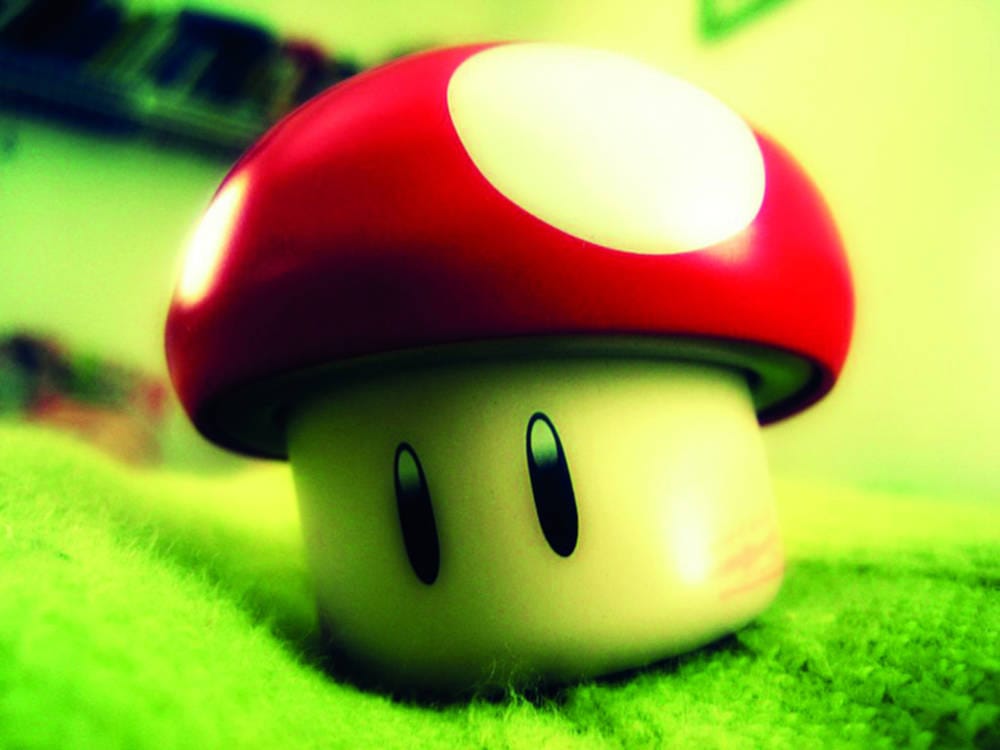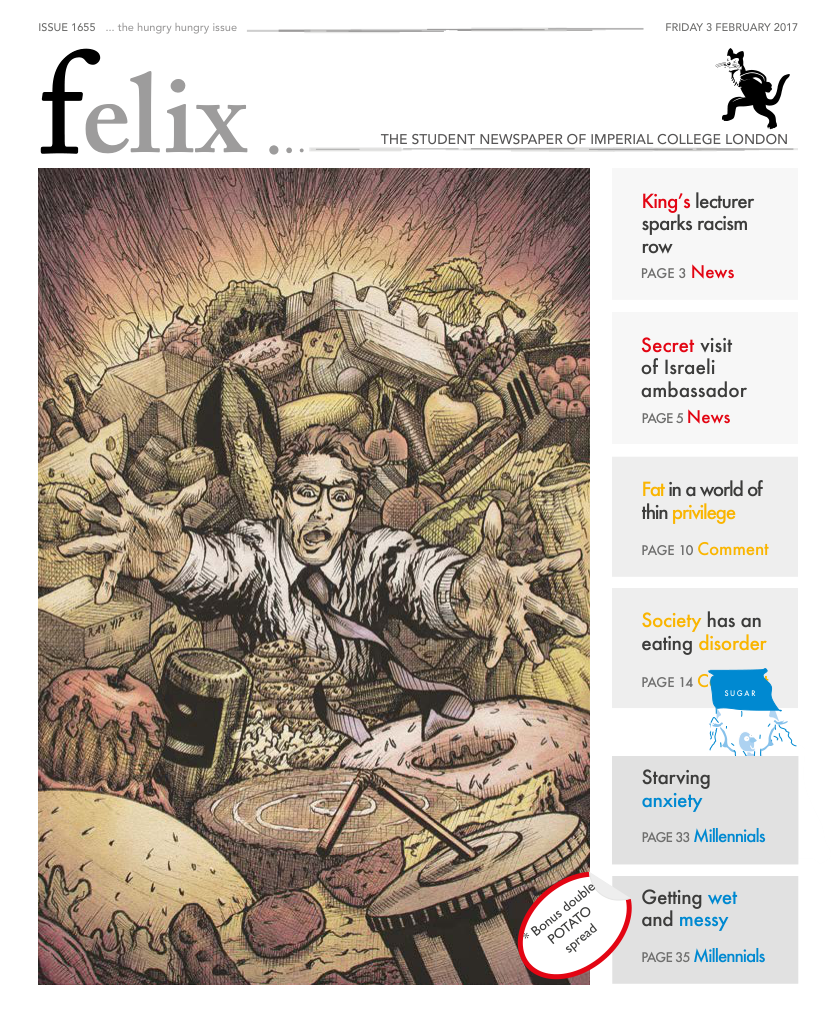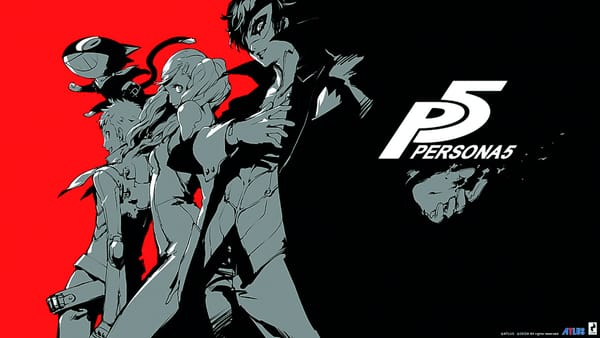8-bit snacking
Food in gaming as you've never seen it before

There are a million reasons as to why food appears in video games which is to say there is only really one reason: everybody eats. It might seem obvious but it’s the truth and when you think about it, food plays a much larger role in video games than what you think.
Take Pac-man for instance, where the sole purpose of the game is to get Pac-man to eat yellow fluorescent blobs. There are of course other more descript food items, like cherries and strawberries, which when eaten, allow you to in turn eat the ghosts who are trying to eat you. A simple enough dynamic but one which ultimately revolves around food. It’s not just Pac-man or all these culinary games which are about becoming the best chef; most games in general have some link or relation to food. Just look at Super Mario where mushrooms power you up, or an RPG like Dragon Age: Origins, where numerous subplots are based around getting food, like helping some thirsty soldiers or stockpiling cabbages. Food is something everyone wants and needs and it’s consumption is probably one of the most widespread ways of representing progression or health regeneration. Food is usually a source of comfort, but in games, it’s a resource, essential to keep going.
Even though the nature of food in video games is a bit monotonous, a lot of cultural influences can be recognised in games of recent years. For example, in the game GTA San Andreas, whenever you eat more fast food, your avatar starts to put on the calories and you need to work out at the gym to get your weight in check. In another example, The Legend of Zelda: Wind Waker features ‘grandma’s Elixir soup’ which is the strongest health potion in the game, not unlike the real-life chicken soup counterpart.
Because food is such a big part of our lives, some games are going out of their way to use food, in order to make gaming a much more immersive experience. Food feels good; it’s comforting and it helps add a layer of realism and tangibility to virtual space. Some survival games are based around scavenging for the right types of food to make it through the day. In fact, some players feel such an emotional connection to their food in games that they replicate a lot of in-game food items and recipes. Just run a quick search on google to see how to make things like Pokémon Poképuffs and Portal cake.
Just like in real life, food in games is about much more than just pure sustenance as each item can be enveloped in many layers of cultural and emotional baggage. Though many of the items we come across may be little more than health potions at times, they’re undeniably a crucial element of the games we love.









